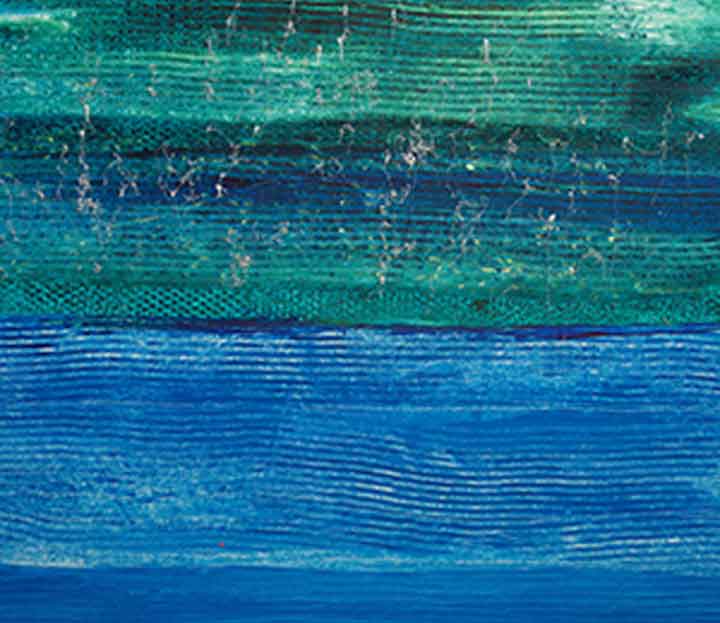Dr. Najat Makki
Born in Place, 12/12/2023
Lives and work in Um A Quwain (UAE)
Dr. Najat Makki
Biography From the sounds of the sea, the rhythm of people, the colours of the Gulf and the mystery of the abaya, Najat Makki – for as long as she can remember – has been drawn by her senses and emotions to depict the nuances of her environment. As the first Emirati woman to receive a government scholarship to study art aboard, she travelled to the College of Fine Arts in Cairo in 1977 where she obtained her BA and MA degrees in relief sculptures and metalwork. Later, in 2001 she received a PhD in numisology. Often celebrated for her early work in which she used symbols of Emirati culture and heritage, such as saffron and henna, Makki’s later work is more abstract. She has passed through several stylistic phases, including realism and abstract expressionism. She has developed a technique inspired by modernism and is related to both her local environment and the human condition. Often known for her focus on the female figure and symbols, in recent years she has created more abstract, layered paintings, distinguishing herself from her peers. She has won numerous awards throughout her career, including the National Award for Arts, Sciences and Literature in 2008. Najat Makki has exhibited nationally, regionally and internationally. Her work is part of The ADMAF Art Collection and she is featured in the ADMAF publication ‘The Art of the Emirates’ (2015). She participated in the 2013/4 ADMAF exhibition ‘Three Generations’, the first ever group exhibition of Emirati art in the UK; and in 2016 in ‘Portrait of a Nation, one of the largest exhibitions of UAE contemporary art to date at the Abu Dhabi Festival, organised ADMAF.

Artist Statement “Everything has colour to me. When I was a child, my father owned an herbal medicine shop. It was full of boxes of all different herbs as well as indigo dye and alum-block. I used them all to paint on paper bags. That’s when I started to love colour. At home, I watched my sisters make cushions and curtains from brightly coloured material. I learned about light and shadow from watching my mother fold our clothes. My relationship with colour didn’t just come; I worked on it by learning from everything I saw.”